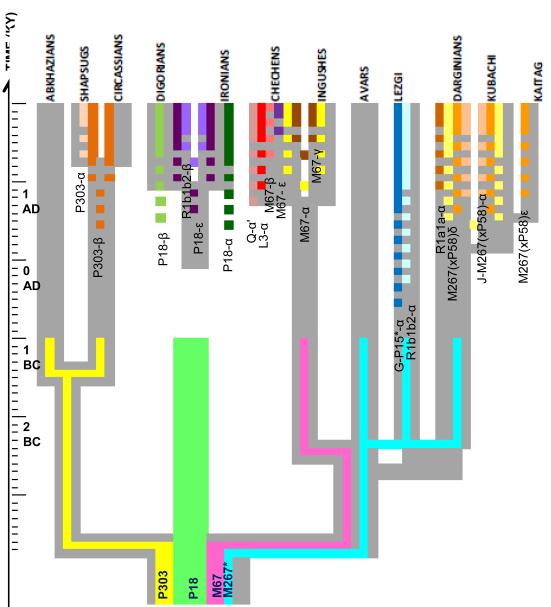Figure 6. Model of the evolution of Caucasus populations combining genetic and linguistic evidence.
The grey background outlines the linguistic tree, obtained by lexicostatistical method. Each colored line near the tips of the tree marks a haplotype cluster that is specific to a given population. If the cluster is shared between two populations, then both populations carry this color on their branches. Standard errors of a cluster’s age are shown by dotted colored lines. Each colored line near the root of the tree marks one of four major haplogroups. These lines stop 3,300 years BP. The root of the population tree indicates an initial migration from the Near East carrying four major haplogroups. This proto-population then separated into the West Caucasus, proto-Ossets, Nakh and Dagestan branches, differing by language and predominant haplogroup. The subsequent evolution (occurring independently in each of these four groups) consisted in the diversification of their languages and emergence of branch-specific or population-specific haplotype clusters.

